Just over a year after opening the line to Almedricos, on the 10th April 1891, the GSSR had completed the line as far as Huercal Overa
By Nick Nutter | Updated 25 Aug 2022 | Andalucia | History |
Login to add to YOUR Favourites or Read Later
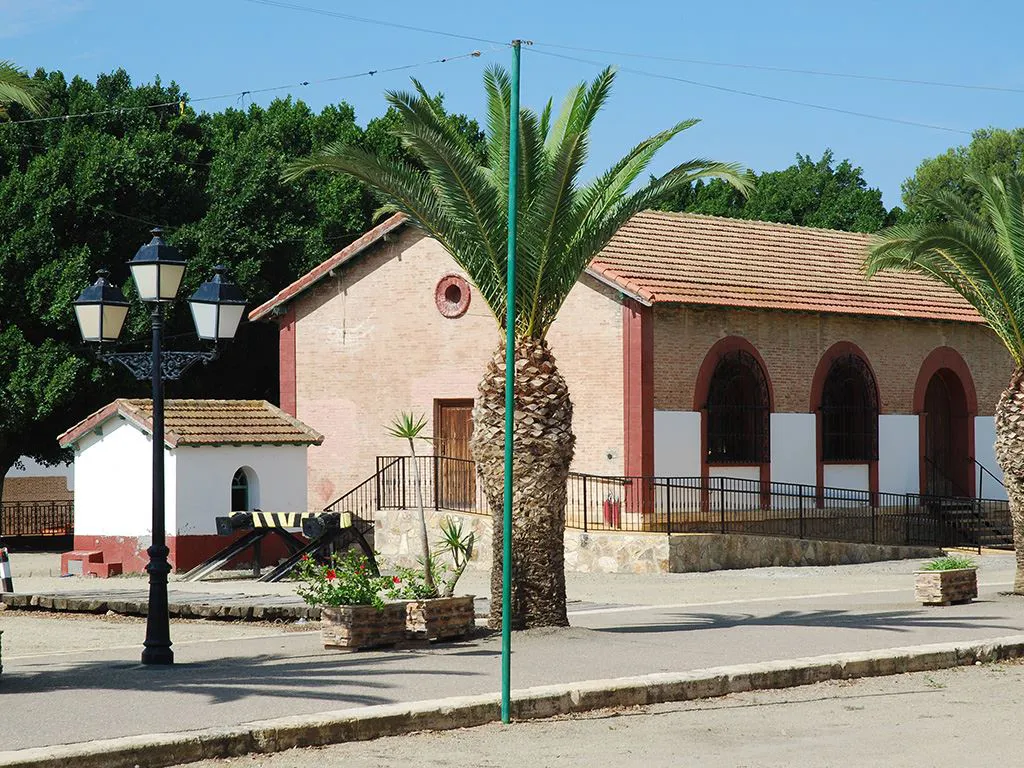
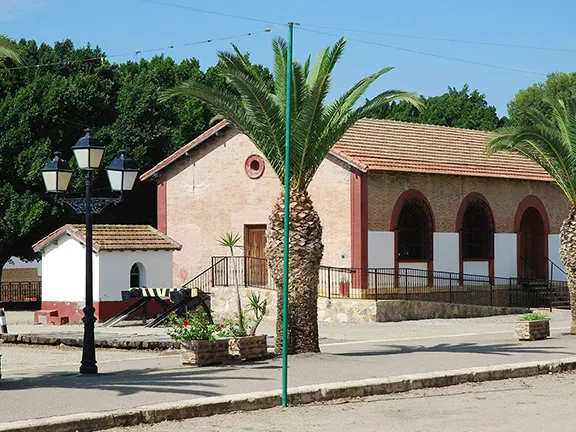
Zurgena station
The first sections of line between the port of Aguilas, Almendricos and Lorca, opened in 1890. The GSSR could now concentrate on the section of line between Almendricos and Baza. Just over a year later, on the 10th April 1891, the GSSR had completed the line as far as Huercal Overa.
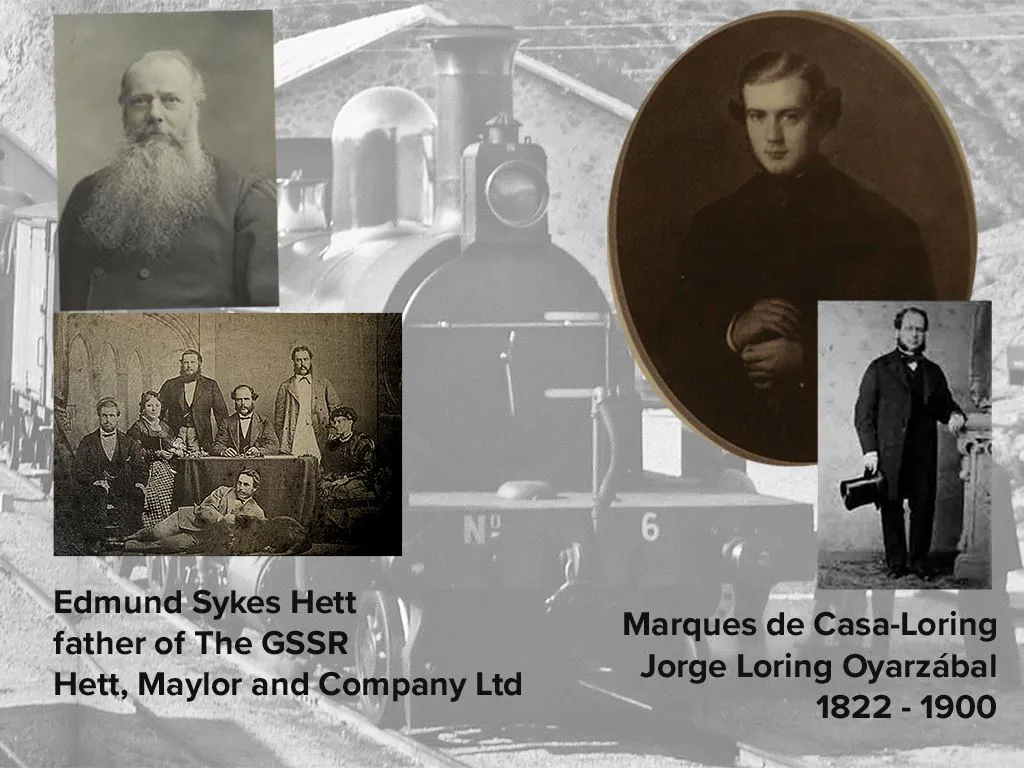
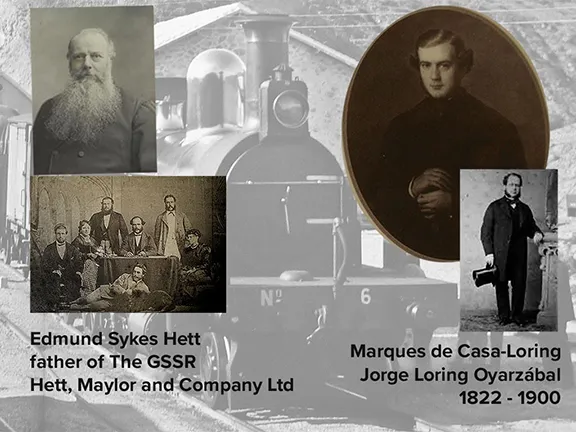
Edmund Sykes Hett and Marques de Loring
Although important for foot passengers and goods, it was also a key in the shunting of trains and engines. It was also the scene of another dramatic accident.
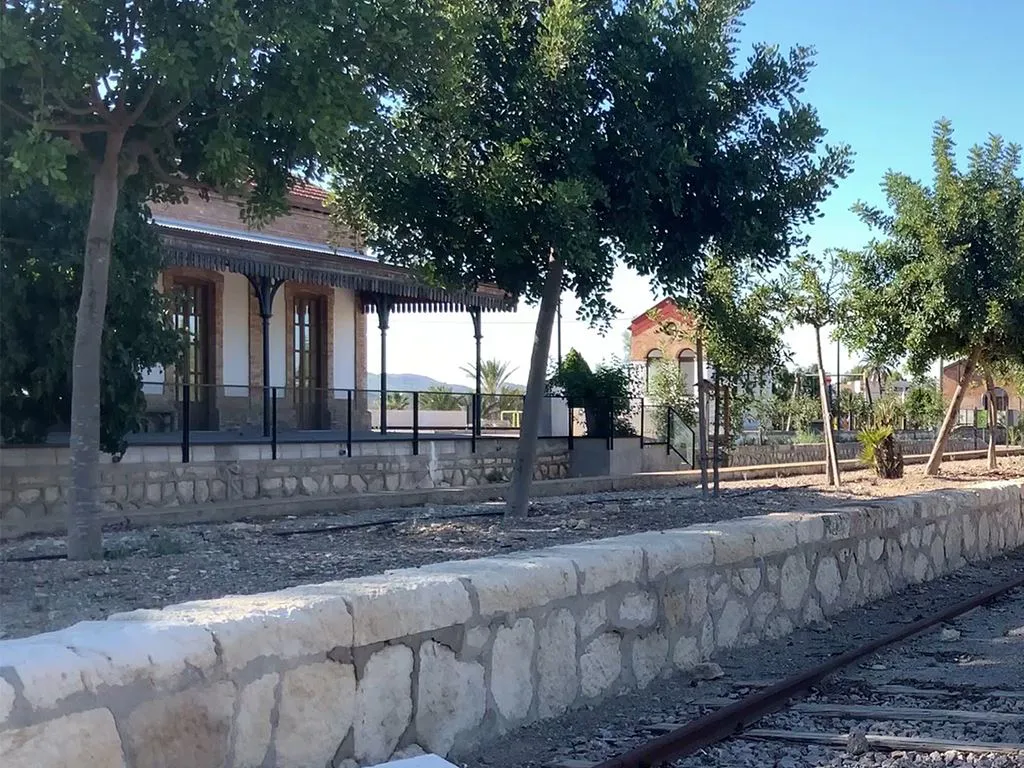
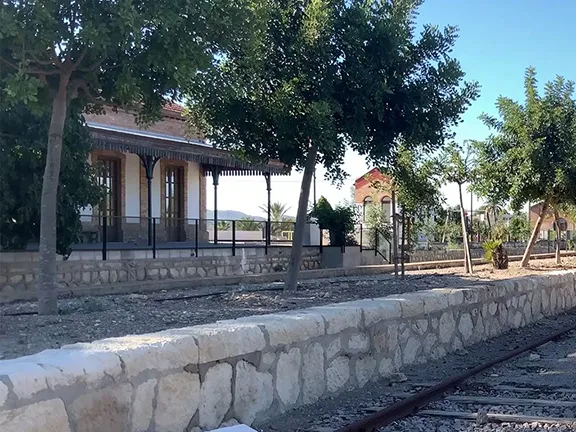
Huercal Overa station
On the 8th October 1929, a mineral train carrying iron ore from the mines of the Sierra Filabres and Sierra Bacarese was steaming up from Zurgena. At Huércal-Overa, wagons from a goods train were being shunted when thirteen of them, carrying esparto grass, became detached and started to roll down the incline back towards Zurgena.
The runaway wagons met the mineral train just west of Huércal-Overa. The brakesman on the mineral train was killed. The mineral train, eight hopper wagons and two coaches were damaged and the esparto grass cargo in the runaway wagons caught fire. The total damage amounted to about half a million pesetas, a considerable sum in those days.
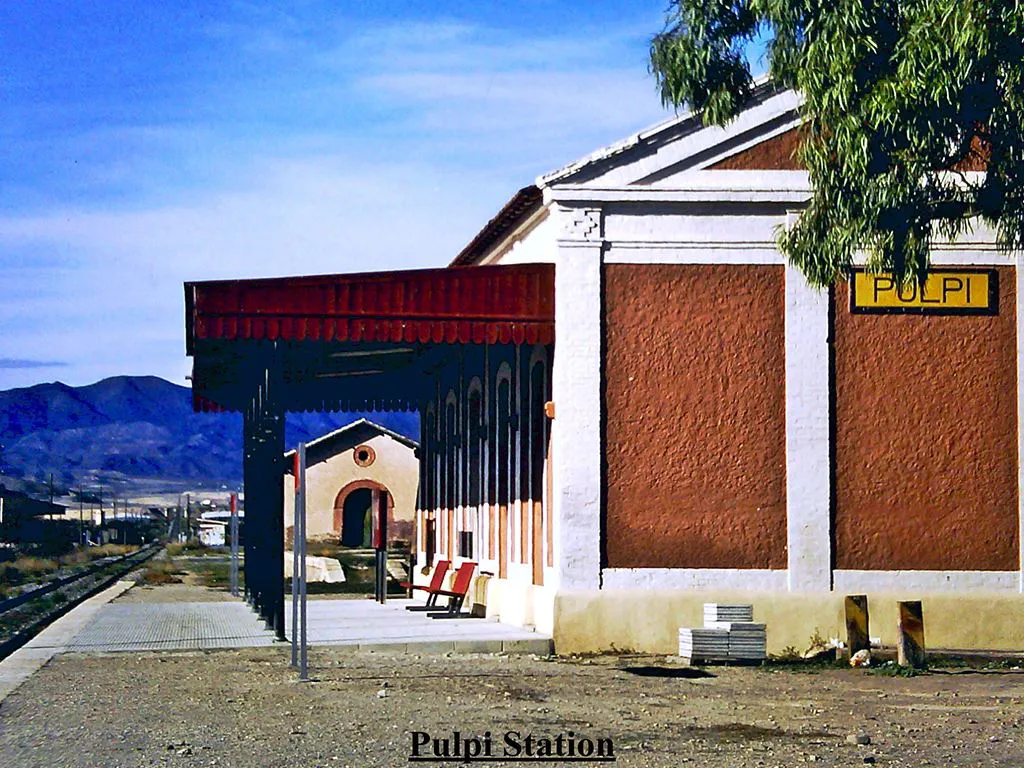
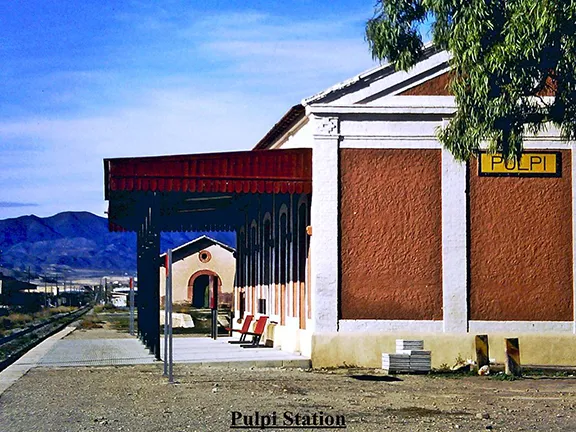
Pulpi station
The next stretch of line, to Zurgena via Almajalejo, should have been a relatively straightforward operation, as there were no serious obstacles to slow progress.
It was to be over a year before this 11 kilometre stretch could be opened on the 30th July 1892 and the problems were caused by the Marquis of Loring.
Following the bankruptcy of Hett, Maylor & Co. Ltd., at the end of 1890, the Marquis of Loring was owed money for work completed on the line between Lorca and Zurgena.
He instigated court actions that resulted in the assets of the GSSR being embargoed.
He went even further and had obstacles placed on the section of the line that had been completed but not inaugurated between Huercal Overa and Zurgena. This prevented any movement of trains. It also prevented the inauguration ceremony that, in turn, prevented the GSSR from claiming their fee from the Government for completing that section of line. A serious problem for the perennially broke company. A legal battle ensued that that dragged on for months.
Bearing in mind the Marquis’s connections in government at the highest levels and his influence with the highest levels of society, the canny solicitor employed by the GSSR, a Mr Kennedy, made a complaint to the Governor of Almeria to the effect that vandals, not specifically Loring, had placed obstacles on the track with the criminal intent of preventing the passage of trains.
The Governor was well aware of who ‘the vandals’ were and remained indecisive. Fortunately his wife, who was present at the meeting asked “Hey, Pepe! If they open this line soon, will I be able to visit my mother in Alicante more quickly and in more comfort?” “Certainly” replied The Governor. So she replied “Proceed immediately in making an order to remove the obstacles!”. Thus, the Governor ordered the Guardia Civil to remove the obstacles from the track.
The GSSR quickly organised an inauguration ceremony and the line opened.
Unfortunately for the Governor, this infuriated Loring which resulted in the Governor being sent to live with his wife and mother-in-law in Alicante without ever travelling on the Murcia - Granada Railway.
Eventually, Loring was pacified but relationships between him and the GSSR never really recovered.
It was not until the 30th June 1892 that the line between Huercal Overa and Zurgena was inaugurated. Zurgena was an important station on the line with its turntable, engine sheds, workshops and warehouses. Goods trains could park overnight and there were facilities for staff needing overnight sleepovers.
The track from Zurgena to Huércal Overa had an incline of 1 in 50, which was pretty steep for those days, so the mineral trains that had come up the line from Serón and Los Canos had to be triple headers - two locos at the front and one at the rear.
On arrival at Huercal Overa, the front loco was disconnected and shunted back to Zurgena, the iron-ore train continuing on towards Almendricos with one header and one following (pushing but uncoupled). 4 kilometres outside Huercal Overa, the rear loco would return to Zurgena.
Almost two years later, on the 11th June 1894, the line reached Cantoria, only 16 kilometres beyond Zurgena.
Cantoria station proved to be a boon for the agricultural communities of Cantoria, Albanchez, Chercos, Cóbdar and Líjar. Marble was an important commodity here and, an unusual cargo, coffins made in the area.
There are two small stations on the stretch between Zurgena and Cantoria, Arboleas and Almanzora, that also serves the town of Albox. In June 1900, after a ferocious storm, the bridge across the river at Albox lost its centre span, and was carried away on the flood waters.
Mariners will tell you that some ships are lucky and some are unlucky. The same could be said for steam locomotives. Drivers become attached to their engine and insist that it has a distinct personality.
This is the story of unlucky engine number 253.
The engine’s streak of bad luck started in October 1906 when, during a storm it was being driven between Cantoria and Fines-Olula, on its way to Baza. The storm had knocked out the telegraph system between the stations but, according to regulations, 253 was allowed to continue its journey.
Unfortunately, there was an ore train coming down the track from Baza and the two met just outside Cantoria station. The guard on 253, Mr Federico Pérez jumped for his life and, apart from a bump on the head, survived to tell the tale.
253 quietly returned to service until the 7th April 1918 when it steamed into Almanzora station with some of its cargo on fire. The fire was quickly extinguished by station staff but, on the 12th April, just five days later, 253 once again caught fire and steamed into this station, Cantoria.
Three more fires occurred in July and December 1918, followed by two more in 1919.
The last time we hear of 253 is on the 18th June 1923 when a wagon carrying fertilizer ignited at Puerto Lumbreros and was burnt to cinders.